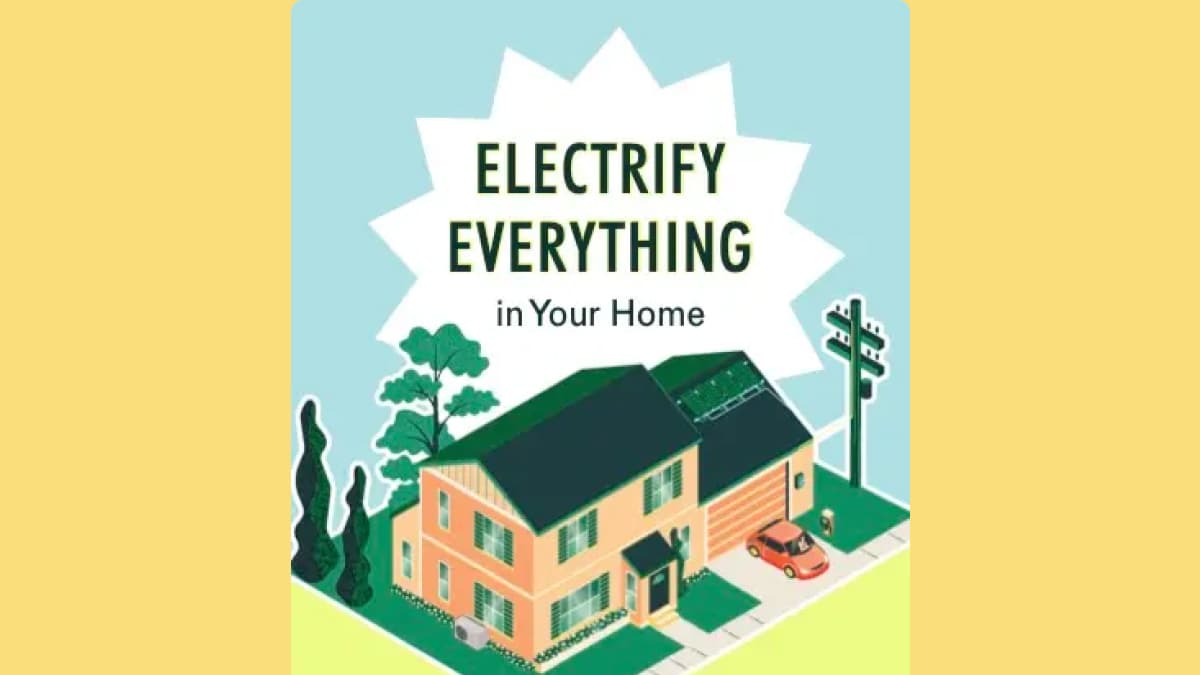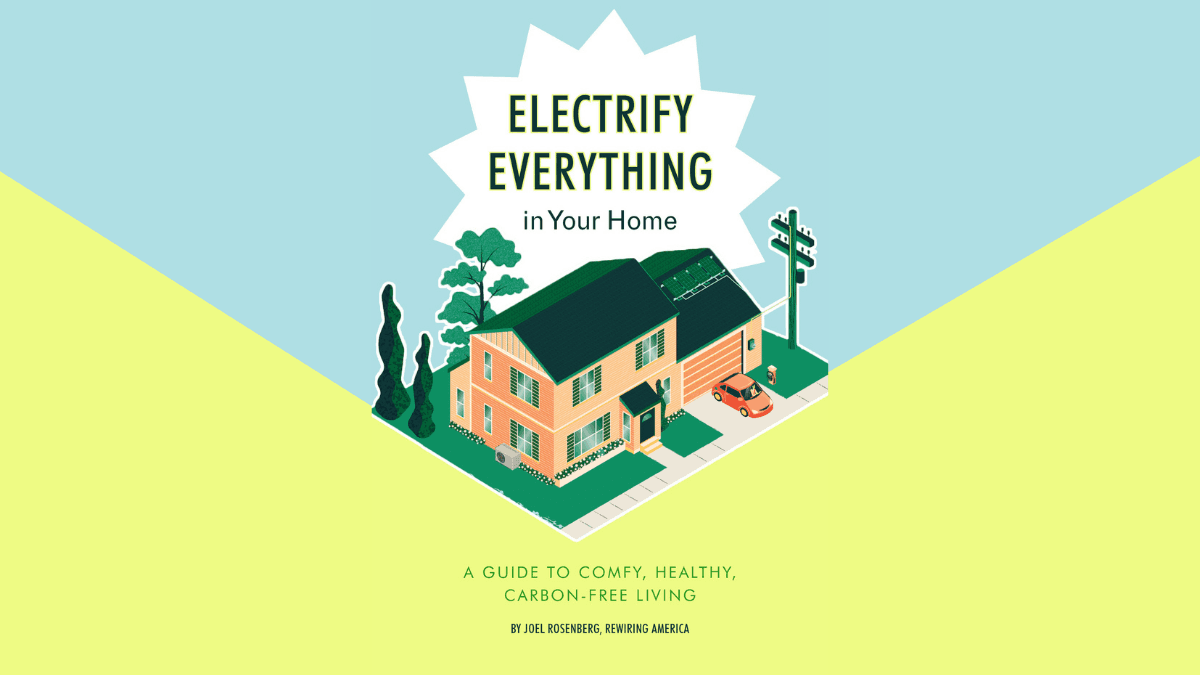Replace machines
Friend,
Last week we shared our new research, showing that in order to lower our carbon emissions enough to keep global warming within livable limits, we need to install or replace one billion machines to electrify our homes.
Our homes are at the heart of our strategy to fight climate change because our households, including the cars in our garages, create 42 percent of all our energy-related carbon emissions (see our Household Savings Report). And home is where nearly all of us, personally, can make a difference. (Yes, it’s more complicated for people who are not homeowners, but we’re working on that.) When we electrify our households, we will not only be contributing to a real climate solution, but improving our own health with cleaner air in our homes. We’ll have smarter, zippier cars and appliances, too. On top of that: lower energy bills.
We need to replace every machine that runs on fossil fuel with an electric one when it is retired. Some people wonder why we can't just make our fossil fuel-burning cars and furnaces more energy-efficient? Alas, the time for addressing climate change by using less fossil fuel is long past. All of the Energy STAR appliances and other energy-saving measures, such as turning down our thermostats, are as outdated as the cardigan sweater Jimmy Carter wore when he suggested those measures as a solution to the energy crisis in the 1970s. This isn’t the ‘70s anymore. We’re at the point where we must electrify everything. In order to meet the challenges of climate change, we have to get our carbon emissions to zero.
And as one of our founders, Saul Griffith, is fond of saying, “You can’t efficiency your way to zero.”
Why is it so important that we get started on installing and replacing these one billion machines today? Two reasons. First, that’s a lot of machines. There are 152 million households in the United States. We are losing the race against climate change, and every year that goes by without significant action makes it harder for us to catch up. If we want to electrify all of our homes by 2035 (the target for a clean grid), we need to be working at a pace of 672,000 households a month. Needless to say, we are nowhere near that pace today.

Second, these machines last for years. When is the last time you thought about upgrading your water heater to that new model you saw was coming out next year? Never. We tend to replace these machines when they break, or when we’re doing other upgrades (like when we buy a house). And so every time a household replaces a broken furnace with another fossil fuel burning machine, we have lost that opportunity for years, maybe even decades.
Incidentally, the more these fossil fuel machines persist, the longer it will take to make our energy supply fully furnished by clean and renewable sources. You can’t have a clean grid when homes still need gas, oil and propane to heat their air and water and cook their food.

That is why we are so adamant about electrifying everything. And the great news is that we have a window of opportunity to not only address climate change, but create tens of millions of new, good-paying jobs that can’t be outsourced, reduce home energy costs and improve the air quality where we live. Stay tuned for more details on how we believe we can get this done.


